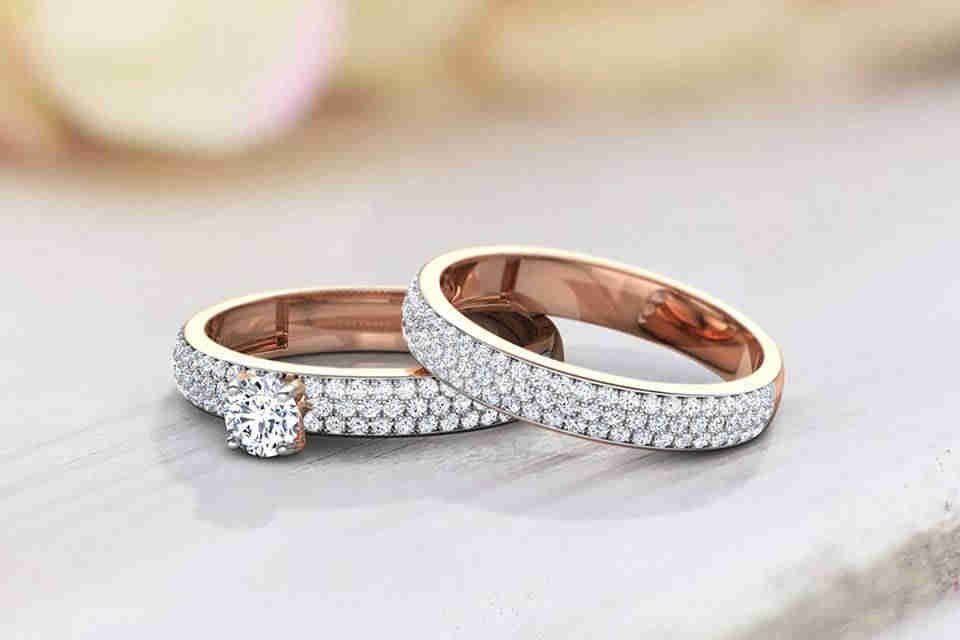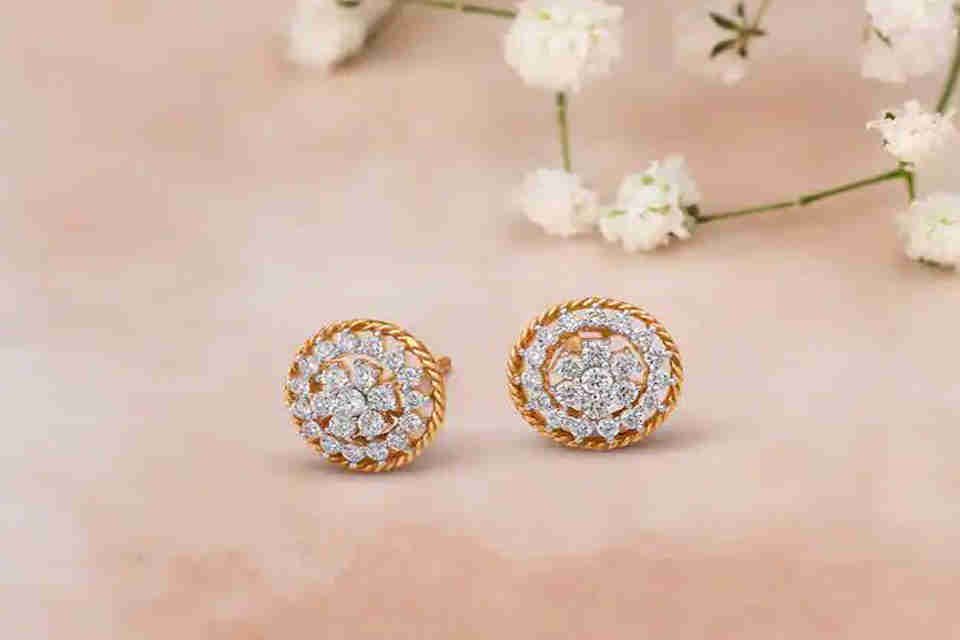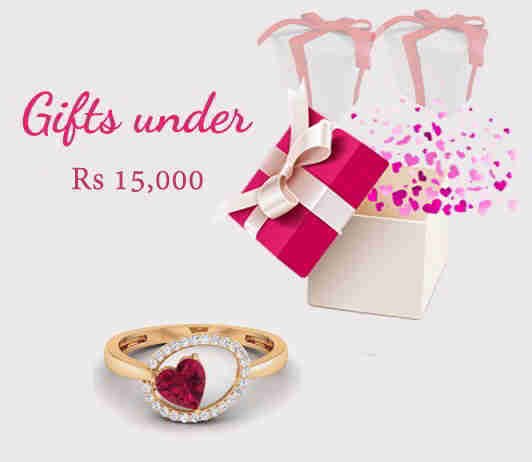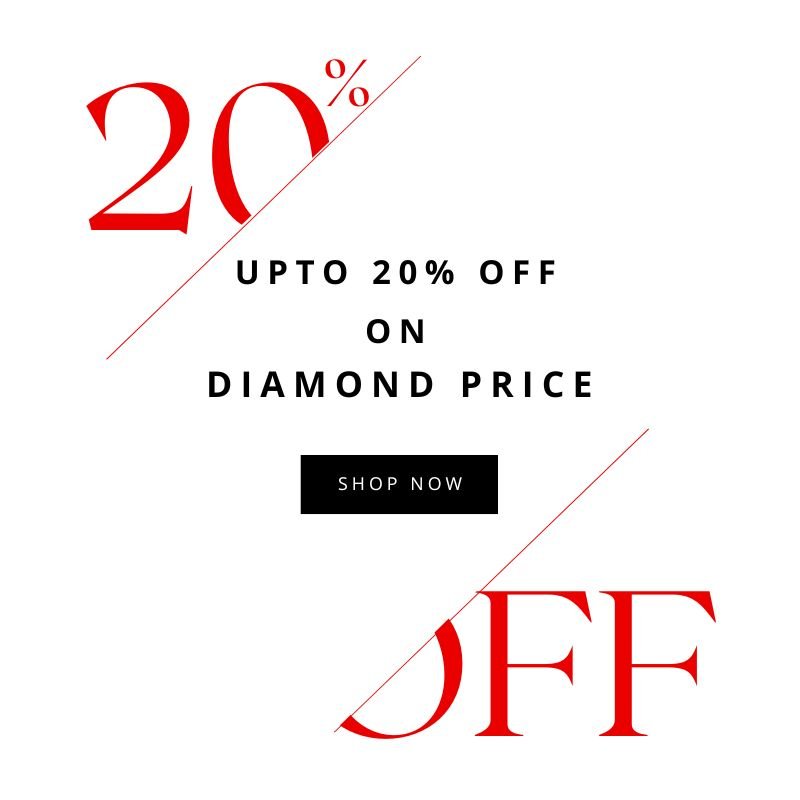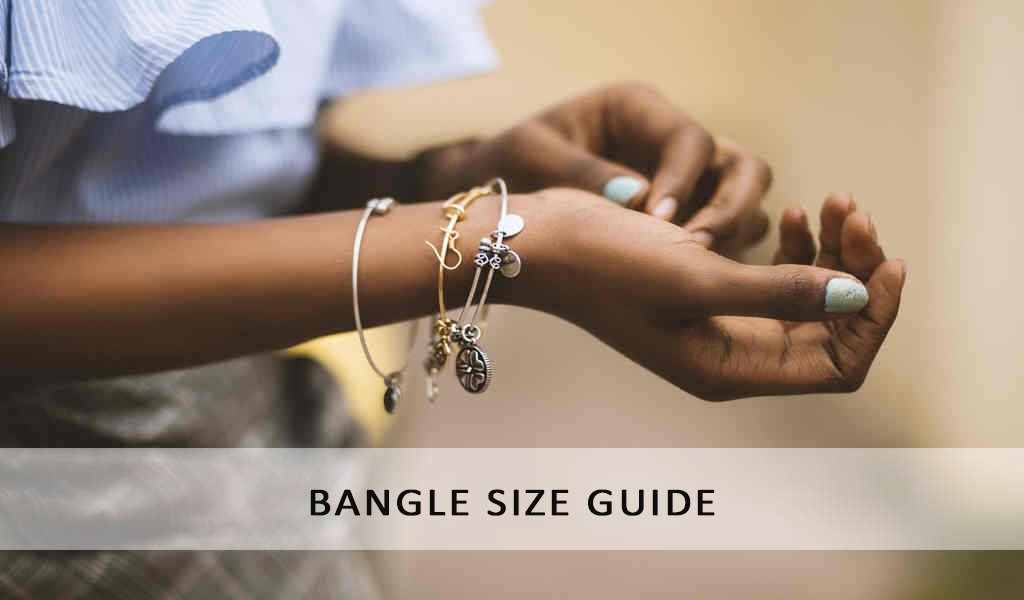Amethyst

Amethyst
There is something special about the colour purple. It is attractive, bold, and warm at the same time. These are the exact qualities that set amethysts apart from other gemstones in the world of jewellery. Whether you are buying a pair of earrings, bangles, or rings studded with these purple beauties, you can be sure of their bling factor. Do you wish to know more about amethysts? Here is everything you know about them.
Overview
Amethyst is the most valuable quartz gemstone. This purple gemstone was once believed to be as valuable as a ruby. Today it is much more easily available. Amethyst derives its name from the Greek word, amethystos meaning ‘not drunk’. This refers to how the stone was believed to keep a person sober. Amethyst has a value of 7 on the Mohs hardness scale, which makes it a pretty hard and durable stone. The colour of this gemstone varies from a reddish purple colour to a cooler bluish purple. This colour is due to the presence of iron and other trace elements. Amethysts are symbolic of piety, humility, and sincerity. They are available in a variety of sizes. The largest Amethyst geode is named the Empress of Uruguay and weighs 2.5 tons.
History of Amethysts
There is an interesting story associated with how the amethyst was created. According to a Greek legend, there was a young girl called Amethyst. She became a target for the Greek God Dionysus when he had drunk too much red wine. Amethyst reached out to Goddess Diana for help who turned her into white quartz. When Dionysus realized what had happened he began to cry into his goblet of wine. The giblet overturned and the wine spilled on to the quartz stone dying it a rich purple. There are many other legends and myths about this gemstone. It is a very popular gemstone for royal jewellery. It is believed to have been one of Queen Catherine the Great of Russia’s favourite gemstones.
Birthstones and Marriage
Amethysts are the birthstone for February. They are also deemed symbolic of six or seventeen years of a couple’s marriage.
Real Amethysts vs Fake Amethysts
The Amethyst is a popular gemstone for all types of jewellery, including rings, earrings, pendants, and necklaces. Though it is easily available, if you aren’t careful, you may end up buying a fake amethyst. Telling a real amethyst from a fake amethyst requires the eye of a gemstone expert. However, there are some things you should watch out for. A real amethyst does not have an even shade of purple but the shading is very gradual. In the case of fake amethysts, the stone is usually evenly coloured. Else, it may have defined colour zones. When light passes through a natural amethyst, it creates a prism like effect. This is not visible in the case of synthetic amethysts. Also, look for inclusions. Inclusions in an amethyst are usually of the same colour. However, finding an amethyst without any inclusions is very rare. Hence, if your stone appears too perfect to be real, it probably is.
How to buy Amethysts
There are 4 qualities that determine the price of an Amethyst. This includes the colour, clarity, cut and carat. Of these, the colour of the amethyst is the most important.
Colour: The colour of an amethyst can range from a light lilac to a deep purple. The deeper the colour, the more valuable the stone will be. ‘Siberian’ deep purple amethysts are the most valuable. Along with the primary colour of the stone, also look at the flashes of colour that it creates. This can range from rose to red and blue. An amethyst is rarely evenly coloured. Those with minimal colour zones are judged as the most expensive. An amethyst with light colour zones is not deemed very valuable.
Clarity: An amethyst can range from being transparent to translucent. This is a type 2 gemstone. This means that is usually found with few inclusions. In most cases, these inclusions are minor and not visible to the naked eye. Inclusions that are coloured in a different colour from the stone can reduce its value.
Cut: The amethyst can be cut in a number of fashionable shapes. Round, emerald, teardrop, princess and square cuts are popular for amethyst jewellery. The way a stone is cut also influences its visual size. For example, marquise cut amethysts look much bigger than their carat weight. Amethysts can also be cut into freeform shapes or carved into animal or floral forms.
Carat: Unlike most other gemstones, carat weight is not the most important aspect of this gem. The price of a large amethyst crystal is not radically higher than that of a small crystal. For this reason, large amethyst crystals are often favored in bold jewellery settings.
How can You Look after Your Amethyst Jewellery?
Amethysts are a hard gemstone and hence safe for everyday wear. However, there are a few things you should keep in mind if you have gold rings, bangles, or necklaces studded with these purple gemstones. They are as follows:
You may polish your amethyst jewellery from time to time to reduce any scratches that may occur.
Prolonged exposure to bright lights can make an amethyst fade. Similarly, exposure to sudden heat or cold can make the stone fracture. Hence, it is important to store your amethyst jewellery carefully when not in use.
The best way to store your jewellery is to keep it in a fabric-lined box with individual slots for each type of jewellery.
Also, you should clean your amethyst jewelry regularly. This keeps grime and oil from collecting on the surface and marring its beauty. To clean amethyst jewellery, simply soak it is warm water and soap for a little while. You may then use a soft bristled toothbrush to remove any embedded dirt.
Steam cleaning is not advised for amethyst jewellery.
Amethysts are beautiful, no doubt about it. And when combined with the beauty of diamonds or other gemstones, their beauty has no end. So, if you love the warm yet bold shades of purple, now is the time to buy amethyst jewellery.


